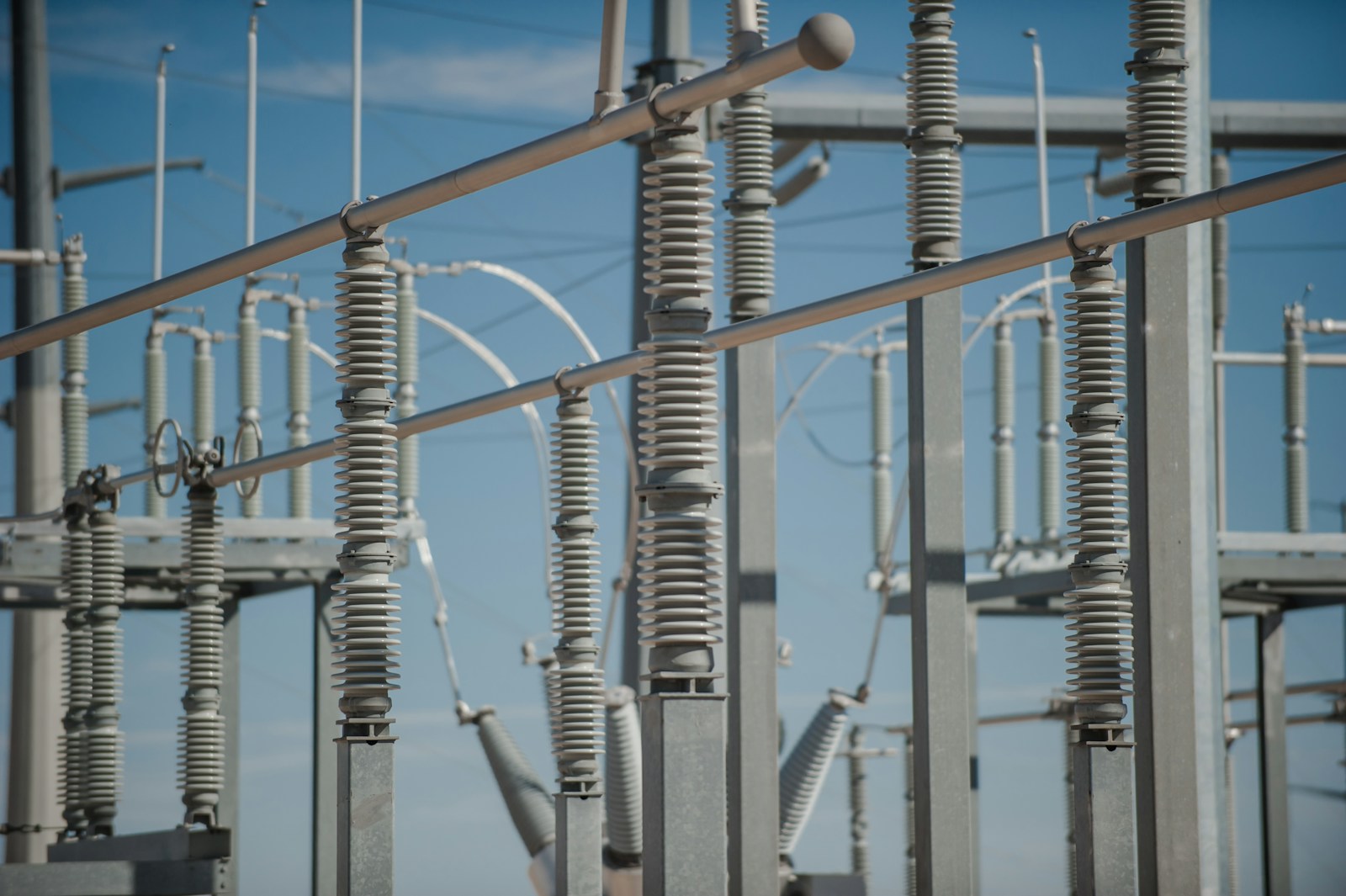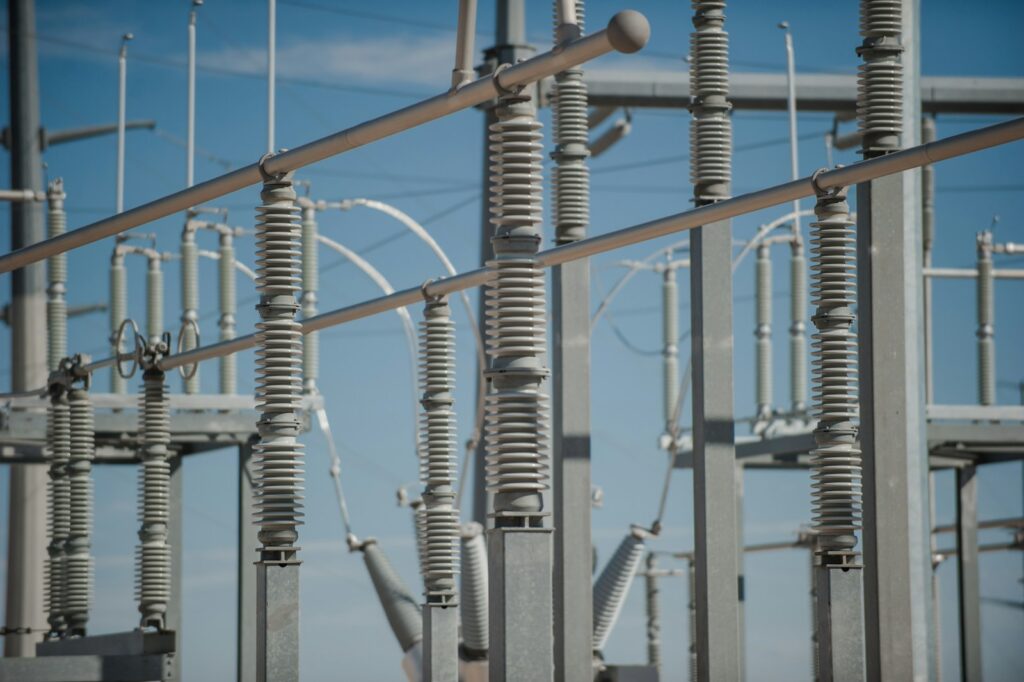PJM Interconnection: Could Governors Unscramble the Eggs?
By Branko Terzic

Last October New Jersey Governor Phil Murphy, Pennsylvania Governor Josh Shapiro, Illinois Governor JB Pritzker, Maryland Governor Wes Moore, and Delaware Governor John Carney sent a joint letter to the PJM Interconnection (PJM) board concerning potential electricity cost increases in their states. The PJM is the independent system operator for the electricity grid serving these states. The governors have called on PJM to take urgent action to address the increasing cost of electricity.
These are the governors of states which restructured their electricity utilities in the 1990’s, forcing the incumbent electric utilities to sell their power plants to FERC regulated wholesale power producers. The regulation of these electric power plants was, as a result, transferred from state public utility regulation to FERC regulation.
In a public letter the PJM responded:
"We have been warning for over two years of the prospect that parts of our country could run short of power during high demand periods…This possibility has been growing, primarily as a result of state and federal policy decisions that are pushing generators to retire prematurely, and also due to unprecedented and rapidly growing data center construction…"
Consumer advocates have complained that the PJM Interconnection board is made up of industry representatives, many of whom benefit from high prices.
However, the PJM’s rules and regulations are subject to the authority of the Federal Energy Regulatory Commission (FERC) under the 1920 Federal Power Act IFPA). The FPA granted the Federal Power Commission (predecessor of the FERC) authority over wholesale sales of electric power. The 1920 FPA requires that the FERC find that wholesale electricity rates are “just and reasonable.” From 1920 to the 1990’s the FPC /FERC used a cost of service/rate-of -return methodology to find rates as “just and reasonable”. The method which the FERC now uses to meet this “just and reasonableness” test is that of “market-based prices” These prices are the result of an efficient “market” overseen by the FERC. The “market-based pricing” approach to regulation has been approved by the U.S Supreme Court based on a 1944 FPC v. Hope case. In Hope the court did not specify any single method for rate setting but decreed that the end result must be acceptable in terms of allowing the electricity producer an opportunity to cover all expenses including an opportunity to obtain a profit adequate to attract investment.
With that background could the five governors reverse the previous restructuring by reintroducing electric utility owned generation in rate base and offering state public utility commission regulated tariffed electricity rates to retail consumers?
The answer is, likely yes. It would take legislation signed by the governor.
The new legislation could provide for a phase-in or immediate return to state regulated services. The legislation need not reimpose a monopoly on behalf of the electric utilities. A tariffed electricity service, based on generation assets in rate base, could be offered as an alternative to competitive retail market offerings. This would be similar to the provider -of-last-resort (POLR) service still offered in some jurisdictions.
Phase In
The new legislation could allow regulated electric utilities to build new or buy existing electric generation for rate base inclusion. Of course, the cost of the new, or newly purchased, generation would need to be at or below the price of generation in the wholesale market. Or maybe not. Maybe the consumer would pay a premium for a regulated service.
Eminent Domain
New state legislation could allow for regulated electricity utilities to acquire power plants for inclusion in rate base in the state under eminent domain. That would require existing power plants to be purchased at “fair market value (FMV).” The power plants would then enter rate base at FMV or some state PSC approved mechanism would need to be established to provide a subsidy to keep regulated retail rates reasonable if FMV in rate base would be too high to be politically acceptable.
Conclusion
The above is just a discussion about what, in my opinion, governors and legislators could do, not what they should do. Numerous studies have concluded that market competition in electricity generation has resulted in prices lower than the continuation of the previous regulatory regime. The FERC reached that conclusion a few years ago. However, there have also been studies reaching the opposite conclusion as well. One factor that has not been much discussed is the cost of operating and monitoring the national FERC supervised ISOs, like the PJM, which now have thousands of employees and as many consultants and legal advisors.
Just saying.
The Honorable Branko Terzic is a former Commissioner on the U.S. Federal Energy Regulatory Commission and State of Wisconsin Public Service Commission, in addition he served as Chairman of the United Nations Economic Commission for Europe ( UNECE) Ad Hoc Group of Experts on Cleaner Electricity. He holds a BS Engineering and honorary Doctor of Sciences in Engineering (h.c.) both from the University of Wisconsin- Milwaukee.
#BrankoTerzic #energy #regulations #experience #research #future #opportunity #strategy #management #people #electricity #power #utilities #renewables #RenewableEnergy #energysector #powergeneration #energyindustry #powergrid #power #electrical #electricalgrid #solarenergy #windenergy #renewableenergy #windturbine #windpower #wind #cleanenergy #energy #windturbines #engineering #powerlines #powerdistribution #substation #powerplant #powersystems #electricalengineering #cleanenergy #powersector #gogreen #climatechange

